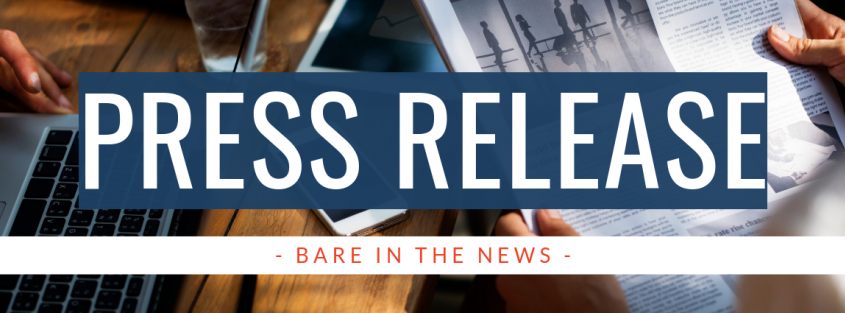A GREAT CX IS MORE THAN LUCK
St. Patrick’s Day is a widely celebrated holiday that has its roots in Ireland but has become a global event. It’s a day filled with green decorations, parades, traditional Irish food, and of course, plenty of green drinks. While many people associate St. Patrick’s Day with luck, the truth is that creating a great customer experience is not just about luck – it takes intention, effort, and a commitment to delivering outstanding service.
“The key to a successful business is not luck, but a commitment to creating exceptional customer experiences.” – Shep Hyken
On St. Patrick’s Day, businesses have an opportunity to create memorable experiences for their customers. From Irish pubs to retail shops, the day provides a chance to show off their festive spirit and engage with their customers in new ways. However, to truly stand out and make a lasting impression, it’s essential to prioritize the customer experience and create a seamless, enjoyable interaction.
One crucial aspect of providing a positive customer experience is to understand your customers’ needs and preferences. Are they looking for a traditional Irish meal, a lively atmosphere, or a low-key celebration? By getting to know your customers and anticipating their needs, you can create a personalized experience that exceeds their expectations.
Another key factor in creating a great customer experience is to be responsive and attentive. This means listening carefully to your customers, addressing their concerns, and following up to ensure their satisfaction. Whether it’s providing excellent service, offering promotions or discounts, or simply showing gratitude for their business, small gestures can go a long way in building a loyal customer base.
In addition to these essential elements, creating a standout customer experience also requires a commitment to continuous improvement. This means regularly seeking feedback, assessing performance, and making necessary adjustments to enhance the customer experience. By prioritizing these efforts, businesses can foster a culture of excellence that builds trust and loyalty among their customers.
In conclusion, while St. Patrick’s Day may be associated with luck, creating a great customer experience is anything but. It requires effort, intention, and a commitment to delivering outstanding service. By prioritizing customer needs, being responsive and attentive, and continually seeking to improve, businesses can create a memorable St. Patrick’s Day experience that keeps customers coming back for more. So, let’s raise a glass to excellent customer service, and may the luck of the Irish be with you!
Let BARE International improve your luck, contact us to start the conversation today.
CASE STUDY RESTAURANT CUSTOMER SURVEYS.
By partnering with BARE, this national restaurant company was able to gather valuable information regarding exactly what its customers found important, and then channeled that feedback into the quantitative measurement of service and brand standards.
Download the case study here.






